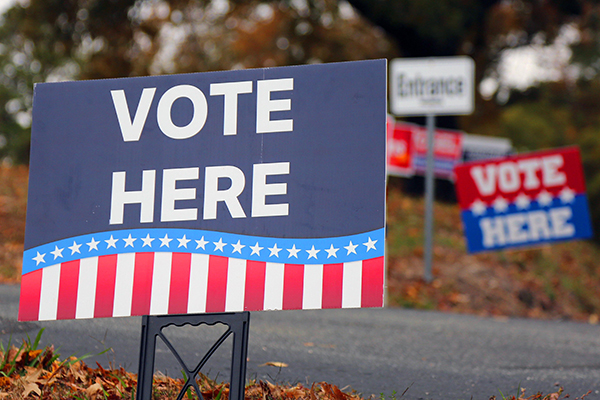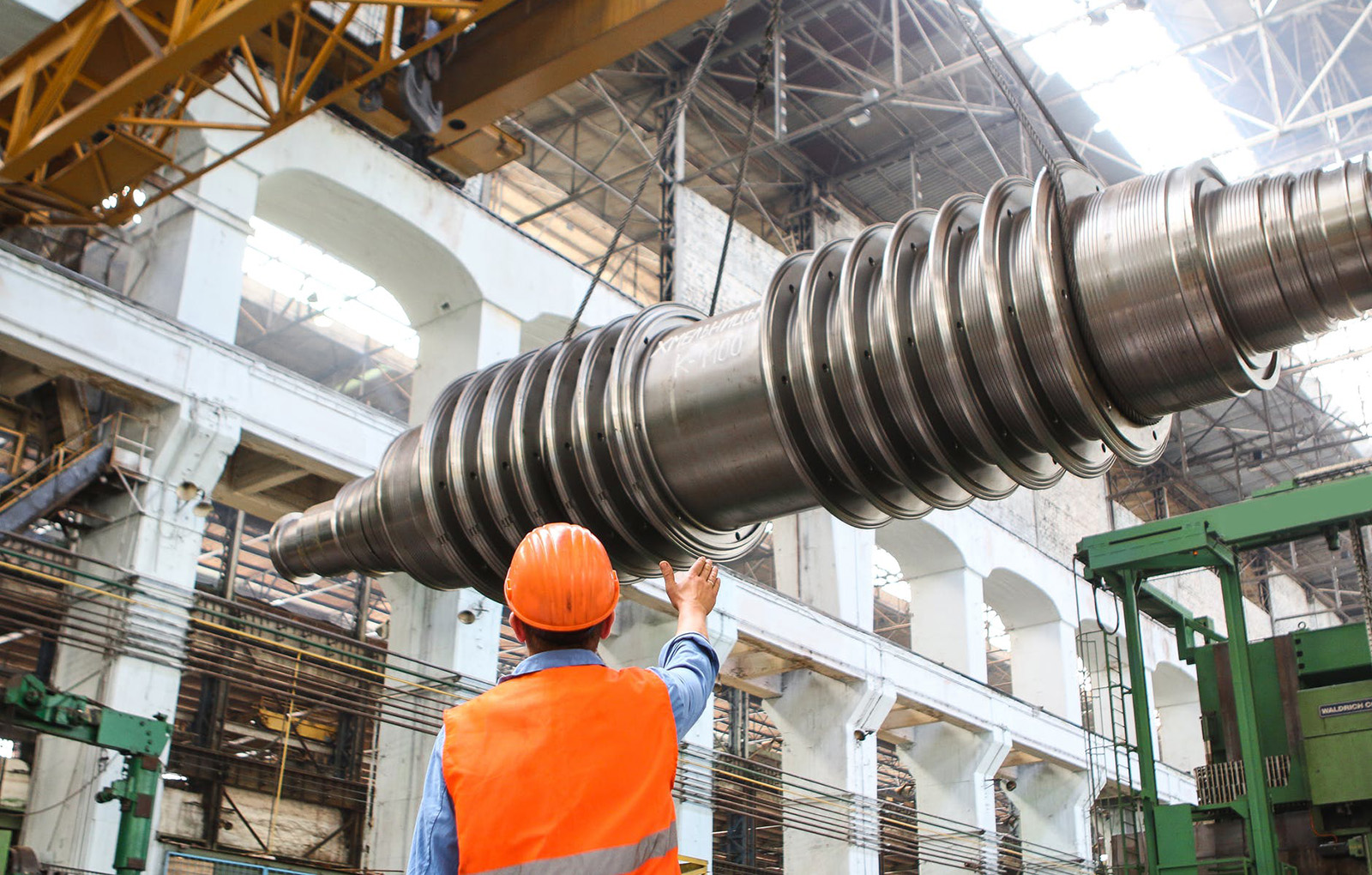Welcome to 2020! Is this the last year of the old decade or the first year of the new one? The standard, technical answer is that since there was no “Year 0,” this is the last year of the old decade. However, if language can evolve then so can the concept of time. Humans are drawn to round numbers (anyone watching for the DJIA to hit 30,000?). Prince did not sing about partying like its 2000 and a baby born in 2000 never lived in the 90s. I am also reminded of a Seinfeld episode when Jerry and Newman are discussing Newman’s big Millennium Party. Jerry asks Newman if he booked his venue for the true Millennium, because if he did, that would be “quite lame.” So perhaps we can agree that while the answer is technically “both,” it’s more fun to say, “welcome to the new decade.”
A quick review of 2019 would show one of the best years of the ten-year bull market. Everything was lined up well for stocks: the Fed was cutting rates and started buying assets again; the tax bill’s residual effects were still ongoing; the concern over the trade war with China gradually calmed during the year; the economy went from slowing to showing signs of mild acceleration; and most significantly, stocks started the year with attractive valuations.
A quick preview of 2020 would suggest that most of the tailwinds in place a year ago are now headwinds. The Fed has stopped cutting rates—although it is still buying assets; the tax bill effects are largely played out; the concern over the trade war with China has wound down (the Phase 1 agreement was just signed); the economy still looks pretty solid, but it will be more difficult to get surprisingly good news; and most significantly, stocks are at largely unattractive valuations.
That is not to say this cannot still be a good year for stocks. Stocks tend to follow a very good year with an up year. Historically, the fourth year of a Presidential cycle is usually a good year (as was the case 19 out of 23 times since 1928). The Fed is still pumping money into the Repo Market—the last time they were doing that was in 1999 ahead of the Y2K worries. Finally, earnings should grow this year after not doing so in 2019.
While we are optimistic about 2020, we are less so about the years that will follow it. When stocks are at these valuation levels, they tend to have subpar returns over the subsequent five or ten year periods. The reason being is that it takes increasingly larger upside economic or earnings surprises to convince investors to keep loading up on stocks. Eventually, a downside surprise happens, causing stocks to fall. Said another way, the higher things go, the more they have to fall to return to average. In 2019, though earnings growth was stagnant, stocks advanced because of margin expansion. If stocks are going to continue to advance, earnings growth will have to pick up. After 2020, this may become more difficult. Even if growth picks up, it may not matter if margins reverse and start to compress.
With unemployment still at all–time lows, wage pressure is finally starting to pick up. This adds to the labor costs of companies. Furthermore, 2019 population growth was the lowest we have seen since 1918, when an influenza epidemic caused far more deaths than normal. Natural birth rates are the lowest since the Great Depression, death rates are rising, and immigration is at the lowest levels in decades. Population growth is important to a growing economy because you need to have more people demanding more goods and you need to have more employees available to make those goods. One of the reasons unemployment is so low right now is the simple fact that there are not as many new people coming into the workforce now as in years past. If population growth does not pick up, either via increased births or immigration, it will be difficult for the US GDP to grow more than 2%. The population issue also helps explain why wage growth has been so hesitant to take off despite ultralow unemployment. It could be that the unemployment level is keeping wages higher than they otherwise would be.
A word, or two, on the Fed. The current stance is the Fed is on hold indefinitely. As David Kelly noted during a December JPM conference call, “The Fed is often strongly hawkish or strongly dovish—right now they seem to be strongly neutral.” It would likely take a recession for it to cut again but would also take significant inflation for it to start raising again. In the meantime, it has returned to QE (quantitative easing). Although since the Fed is buying T-bills this time instead of long-term treasuries, the official stance is this is not QE. What the Fed is doing with the “Not-QE QE” is sending liquidity into the Repo Market. This market is where banks, and sometimes corporations, look when they need very, very short-term cash—often just overnight. They will sell T-bills for the cash, and then repurchase (repo) those T-bills a day or two later at a small discount rate. The Fed started this in response to a very brief, but quite violent spike in these overnight rates at the end of 2018. This Not-QE QE also serves to lower short-term rates, which helped un–invert the yield curve. Currently the Fed has pledged to keep this up until June 2020. If not extended, it is not impossible that this date could mark the end of the current rally, much like after Y2K was a non–event, the Fed stopped that buying program and the market corrected shortly after.
What else could derail the stock market? Certainly, a shooting war with Iran. However, the Iranian economy is far too weak to engage the US in a full–out war. If there is to be further escalation, it would be in the form of more subversive attacks, such as cyber warfare. The stock market is currently not too concerned about this. Another big event is the November election of course. As of now the markets are not overly concerned here either. Until we have more of a take on who the Democratic nominee is, the election is being largely ignored by the markets. This will be more of an issue in the coming months. Anything pointing to a far-left candidate or any evidence suggesting the Dems can retake the Senate would likely be worse for stocks.
A quick word on the trade war: while the tensions there have mostly calmed for now, a phase 2 deal is unlikely to happen quickly and may not happen until after the election. Nevertheless, even if/when it happens, this is not the end, but actually more like the beginning. This rivalry between China and the US will continue to escalate and deescalate for many years in the economic, defense, and political realms.
When looking at the longer term trends in place – effects of the trade war, demographics, interest rates near historic lows, massive debt, and headwinds to earnings growth – it is not difficult to see why the next five or ten years could be disappointing, especially relative to the last ten. That said, those same ultralow interest rates make bonds look even less attractive than stocks on a total return basis. As we know, the pattern of low–to–mid single–digit returns for stocks (if that is what happens) is not a steady path of slight disappointment. It will be more volatile conditions with larger or more frequent corrections, followed by rebounds. We are prepared for this type of scenario. We still favor stocks over bonds in the long term and are focusing on investments that can withstand a more cyclical stock market. We believe our proprietary Value Capture Strategy is well suited for this type of environment.
Rest assured that we are prepared for the next decade. Our investment portfolios will likely be more tactical than they were in the previous decade, but that will allow us to take advantage of the stock market dislocations that will spring up from time to time. Please do not hesitate to contact us with questions about your specific portfolio.





